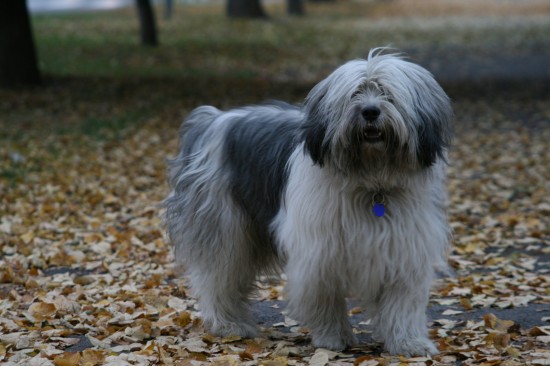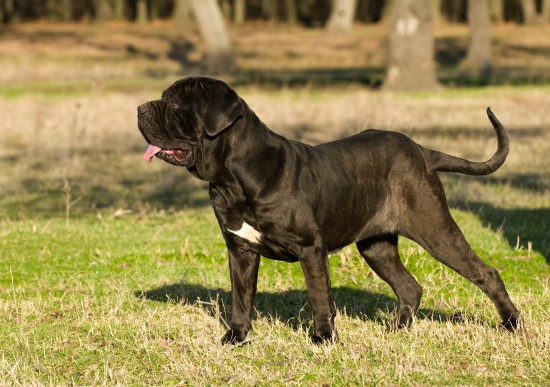
Some westerner breeders challenge the assumption that the Shih
Tzu from Tibet were on occasion interbred with the native
Pekingese to reduce the Shih Tzu to a smaller size. However,
there are those in China at the time who probably have a better
position to know exactly what did happen. There are several
statements made by different people who was actually in China at
the time the Shih Tzu were crossed with the Pekingese. Colonel
Valentine Burkhardt for one points out that the Shih Tzu were
most definitely crossed with the Pekingese. The Chinese did not
breed by pedigree. They bred according to the image they had of
the Lion Dog. Cross-breeding with the Pekingese was apparently
done to reduce the size of the Shih Tzu. It is also felt the
cross-breedings occurred to flatten the forehead, making it more
lion-like in Chinese eyes.
There was a definite “Peke cross” in England in 1952 with the
specific purpose of eliminating certain faults in the breed. The
cross was done with the full knowledge of the British Kennel
Club. This cross was made under the supervision of Miss E.M.
Evans, a distinguished breeder of the Pekingese, who grew to
love the Shih Tzu and felt a conviction that this step was
necessary for the betterment of the breed in England. In defense
of her action, she explained that the Shih Tzu in her homeland
of England were “too large, too high on leg, too long of muzzle
with very bad pigmentation and too closely inbred.” Miss Evans
bred a Shih Tzu bitch, Elfann Fenling of Yram, to a beautifully
coated black and white Pekingese, Philadephus Suti T’Sun of
Elfann, who had perfect pigment and large dark eyes. His only
fault was straight legs. The offspring of this outcross were
bred back to purebred Shih Tzu, one from each generation, and
the successive breedings were fully recorded with the British
Kennel Club in the crossbred register. This outcross proved to
be quite successful in correcting the pigmentation and creating
the shorter leg Shih Tzu.
During this time period the Shih Tzu were mostly terribly big,
near 18 pounds in weight. The smallest one found by Mrs.
Jungefeldt was black and white named Fu-Ling of Clystvale. He
was low on legs, strong chest and weighed about 9 ½ pounds, and
probably the smallest Shih Tzu in England at the time.
 Owczarek Nizinny – The Friendly Polish Lowland Sheepdog
Owczarek Nizinny
Owczarek Nizinny – The Friendly Polish Lowland Sheepdog
Owczarek Nizinny
 Biotopes; Putting Your Fish Into A Natural Environment
Biotopes; Putting
Biotopes; Putting Your Fish Into A Natural Environment
Biotopes; Putting
 Milk Thistle And Laminitis In Horses
Milk Thistle And
Milk Thistle And Laminitis In Horses
Milk Thistle And
 Top Grooming Tips For The Neapolitan Mastiff
Top Grooming Tips
Top Grooming Tips For The Neapolitan Mastiff
Top Grooming Tips
 From Bow Bow To Wow Wow!
From Bow Bow To Wow Wow!
Caring for your pets
From Bow Bow To Wow Wow!
From Bow Bow To Wow Wow!
Caring for your pets
Copyright © 2005-2016 Pet Information All Rights Reserved
Contact us: www162date@outlook.com